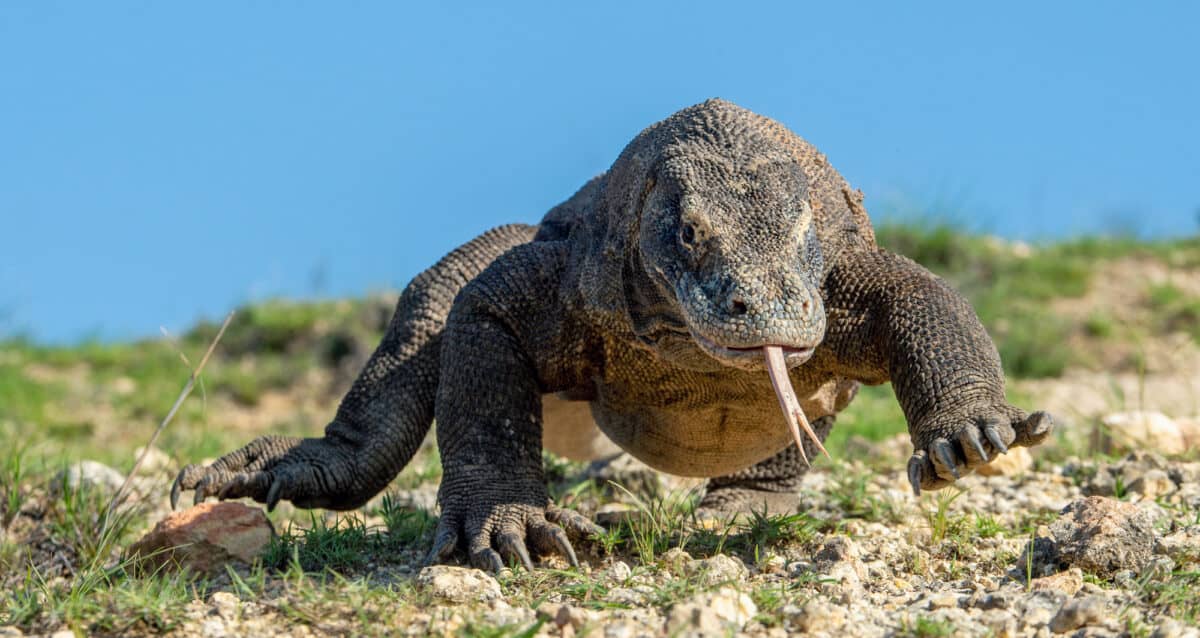Hold onto your seats as we witness a Komodo Dragon eating a goat kid! Join us as we uncover all the different behaviours of the Komodo Dragon and its venomous bite.
Komodo Dragon’s Venomous Bite
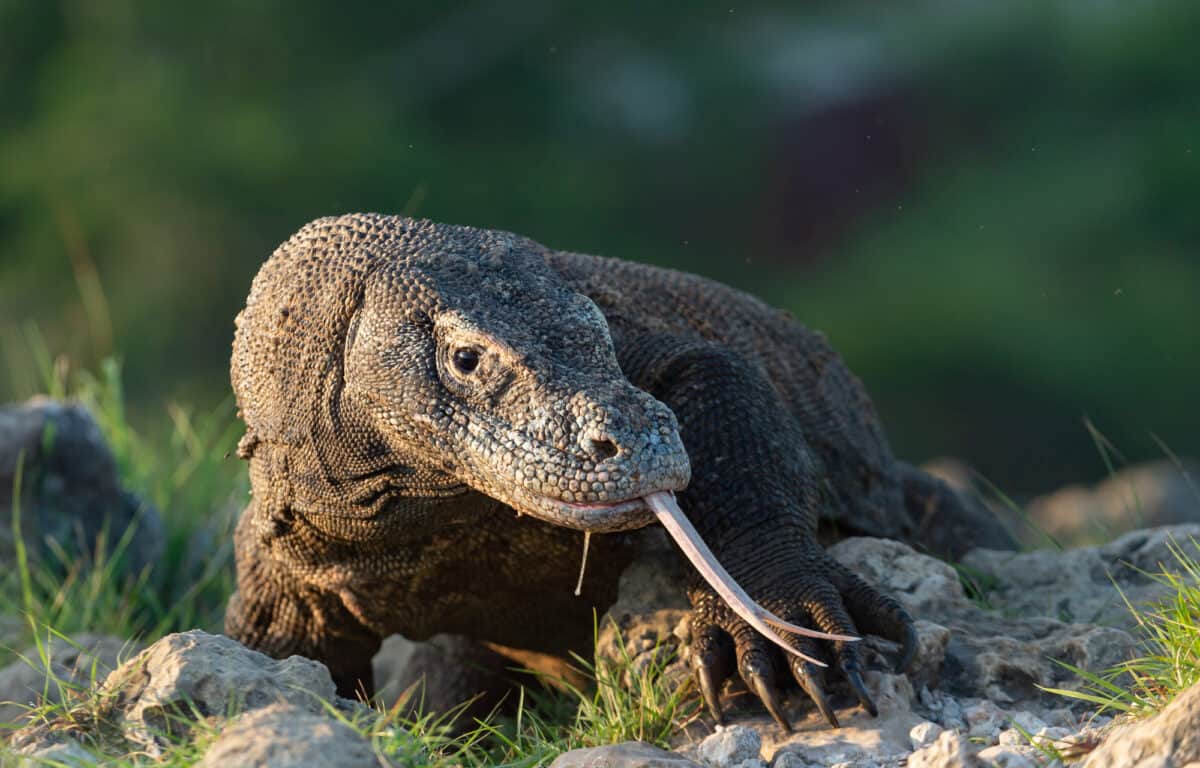
- The Komodo dragon (Varanus komodoensis) is the world’s largest lizard. Found in the Indonesian islands of Komodo, Rinca, Flores, and Gili Motang.
- The Komodo dragon’s lethal bite has venom. Research has shown that their venom contains a mixture of toxins that induce shock. The venom also causes blood clotting, leading to rapid prey incapacitation.
- The venom glands of the Komodo dragon are located in its lower jaw. When it bites, it passes on a mix of toxic proteins. This is similar to those found in snake venom! It is passed on through a network of ducts. This venom helps to weaken and then kill prey.
- The venomous bite of a Komodo dragon has led to its status as an apex predator in its ecosystem!
Komodo Dragon’s Eating Habits
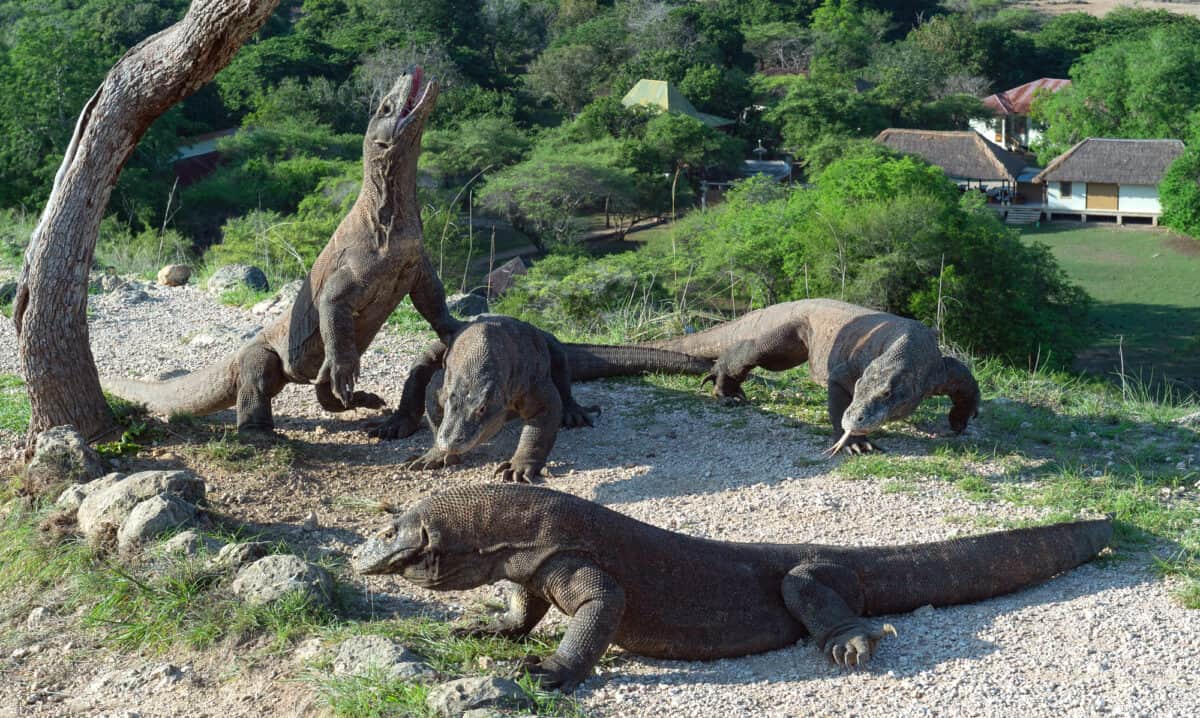
- Komodo dragons are carnivores. They are opportunistic feeders. They prey on a deer, pigs, water buffalo, and even smaller Komodo dragons!
- These formidable lizards are ambush predators. They use their keen sense of smell to detect carrion from several miles away.
- Komodo dragons are agile and can move swiftly to capture their prey. After delivering a venomous bite, they often track their wounded prey for miles.
- Komodo dragons have amazing digestive abilities. They can consume up to 80% of their body weight in one meal.
Behaviors
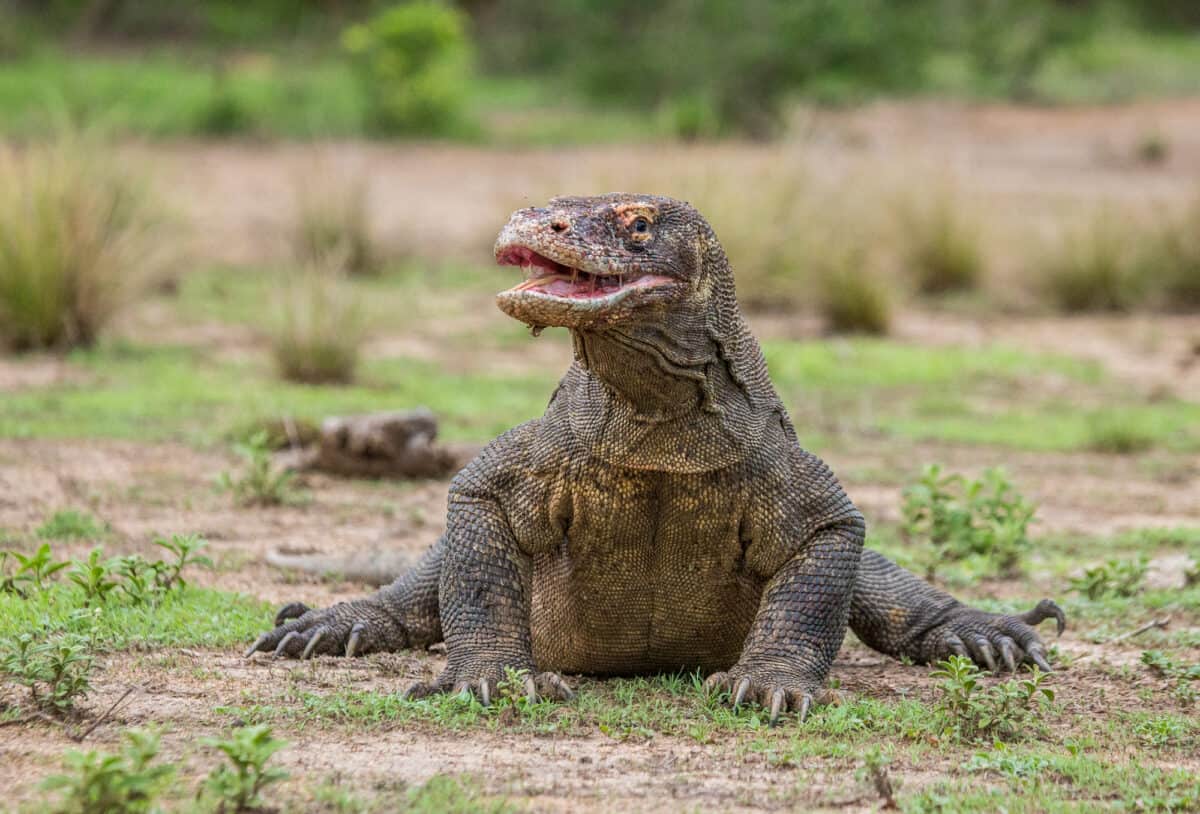
- Komodo dragons are solitary animals. Apart from during the breeding season or when individuals come together to feed on a large carcass. They defend their hunting grounds. They show aggressive displays to scare away intruders.
Fun Facts about Komodo Dragons
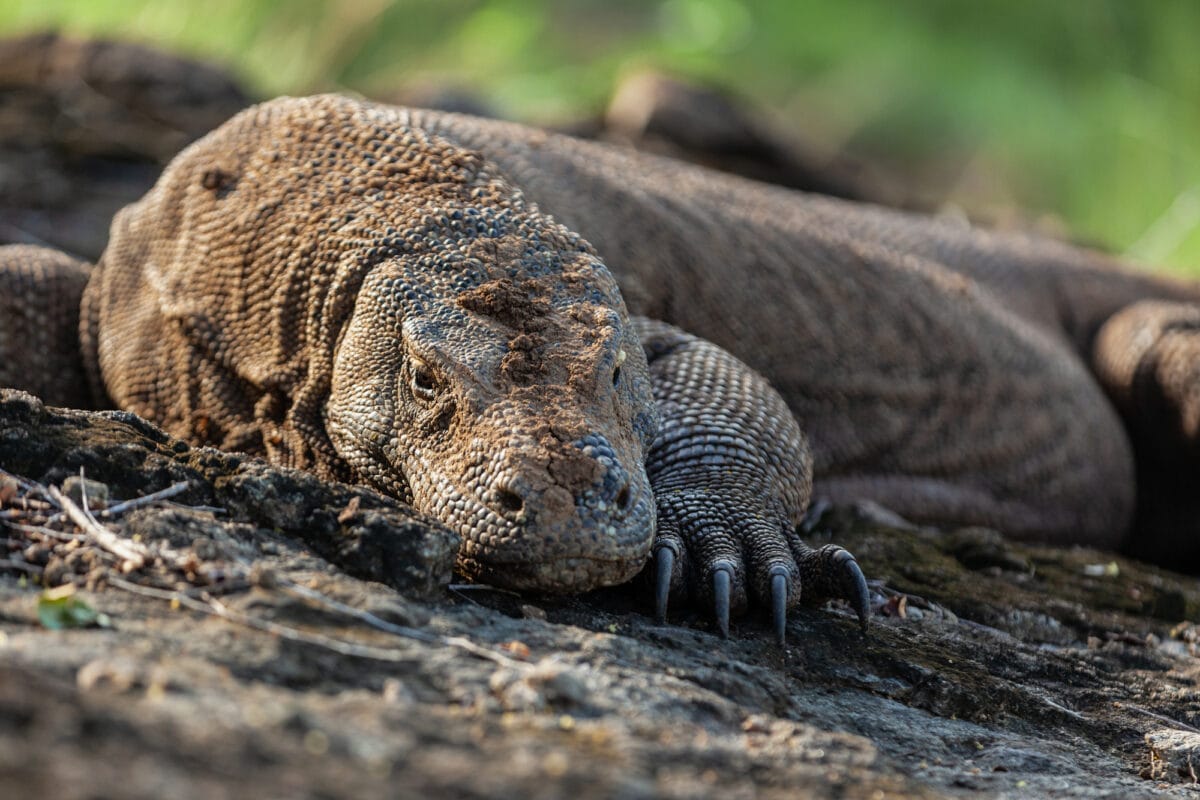
- Komodo dragons are referred to as “living fossils” due to their ancient lineage. They have existed for millions of years. There is fossil evidence dating back to the Pleistocene epoch.
- Komodo dragons are vulnerable to extinction due to habitat loss, poaching, and human-wildlife conflict. They are listed as “Vulnerable” by the International Union for Conservation of Nature (IUCN).
- Komodo dragons reproduce through parthenogenesis. This is a form of asexual reproduction. It is where females can give birth to babies without mating with a male.
- The Komodo dragon’s name originates from the island of Komodo in Indonesia. This is where these lizards were first discovered by Western scientists in the early 20th century.
Komodo Dragon’s Habitat and Range
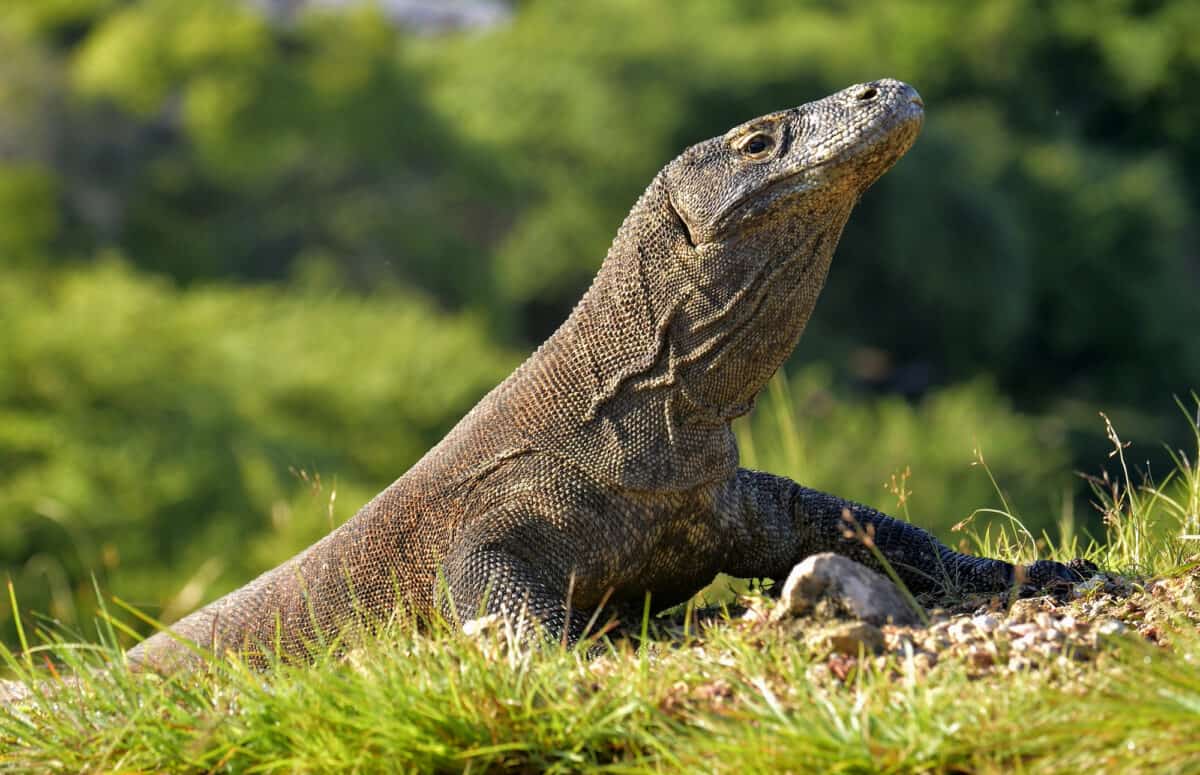
- Komodo dragons are endemic to the islands of Komodo, Rinca, Flores, and Gili Motang in Indonesia. They inhabit a range of habitats, including tropical forests, savannas, and coastal regions.
Reproduction and Life Cycle
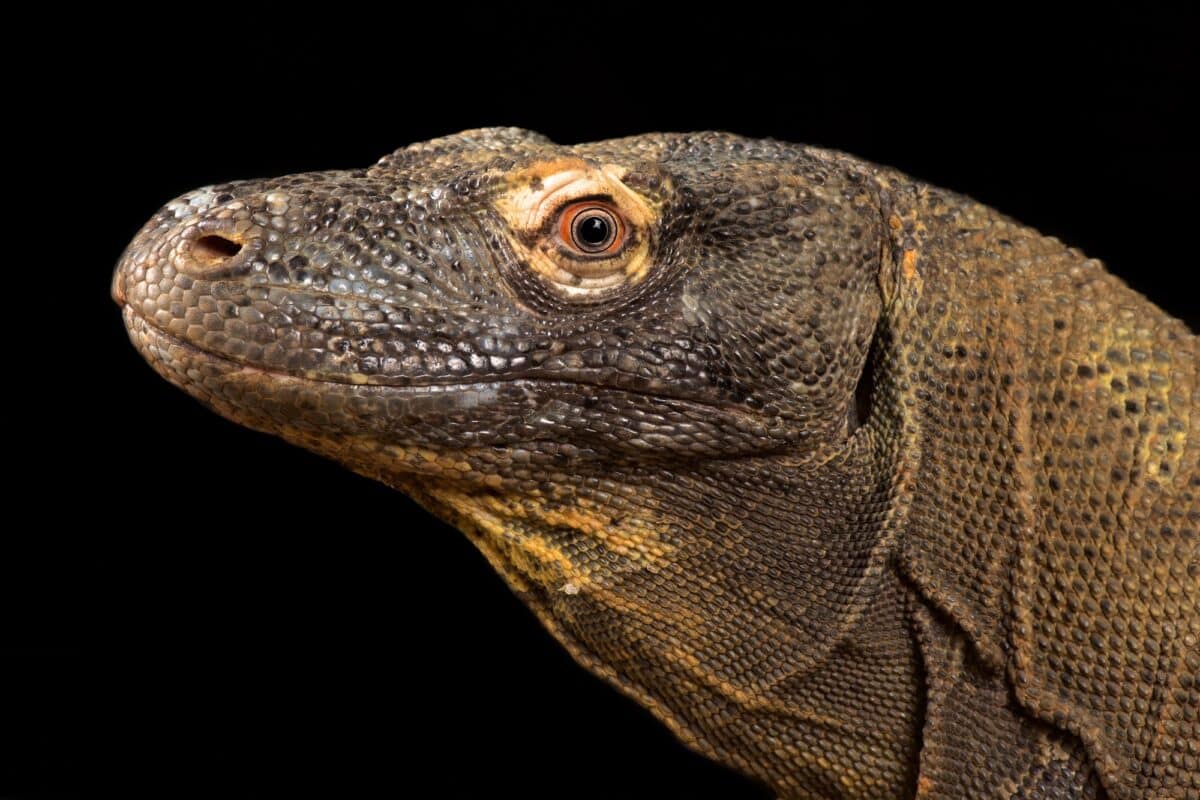
- Komodo dragons reach sexual maturity at around 5-7 years of age. During the mating season, which typically occurs from May to August, males compete for access to females through ritualized combat and dominance displays.
- After mating, female Komodo dragons excavate nests in the ground where they lay their eggs. The incubation period lasts approximately 7-8 months, after which the hatchlings emerge from the nest.
- Komodo dragon hatchlings are vulnerable to predation and cannibalism from adult dragons. They spend their early years climbing trees to avoid larger predators and gradually transition to hunting on the ground as they grow larger.
- The mortality rate for young Komodo dragons is high, with only a small percentage surviving to adulthood. Those that do survive can live up to 30 years or more in the wild, although their lifespan in captivity may be longer.
Komodo Dragon’s Conservation Status
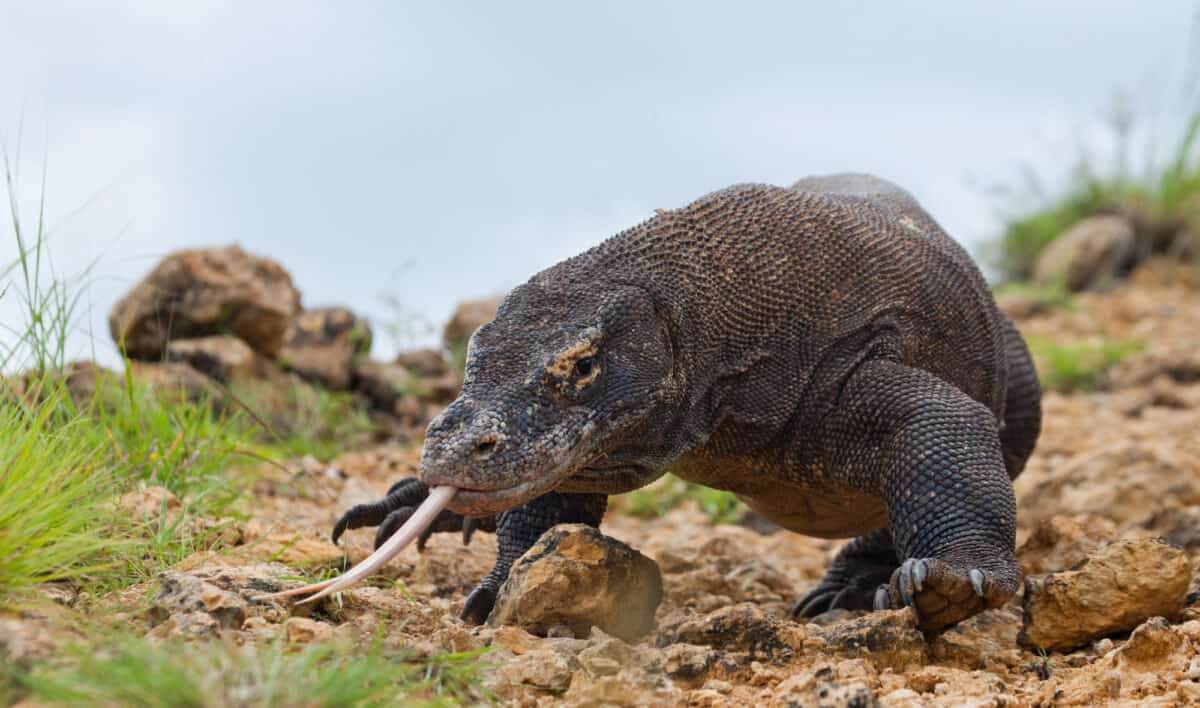
- The Komodo dragon is classified as “Vulnerable” on the IUCN Red List of Threatened Species, primarily due to habitat loss, poaching, and human-wildlife conflict.
- Conservation efforts aimed at protecting Komodo dragon populations include habitat preservation, captive breeding programs, and community-based initiatives to reduce human-wildlife conflict.
- National parks and reserves have been established on the islands of Komodo, Rinca, and Flores to protect the natural habitats of these lizards and regulate tourism activities in the region.
- Sustainable ecotourism, guided by responsible tourism practices, can provide economic incentives for local communities to participate in conservation efforts and support the long-term survival of the Komodo dragon.
Cultural Significance

- The Komodo dragon holds significant cultural importance in Indonesia, where it is considered a national symbol and a source of pride.
- These majestic lizards feature prominently in Indonesian folklore and mythology, often portrayed as powerful and mystical creatures.
- Komodo dragons attract thousands of tourists from around the world each year, contributing to local economies and raising awareness about the importance of conservation.
- Efforts to protect the Komodo dragon and its habitat are not only crucial for preserving biodiversity but also for safeguarding cultural heritage and promoting sustainable tourism in Indonesia.
Komodo Dragon’s Scientific Research and Discoveries
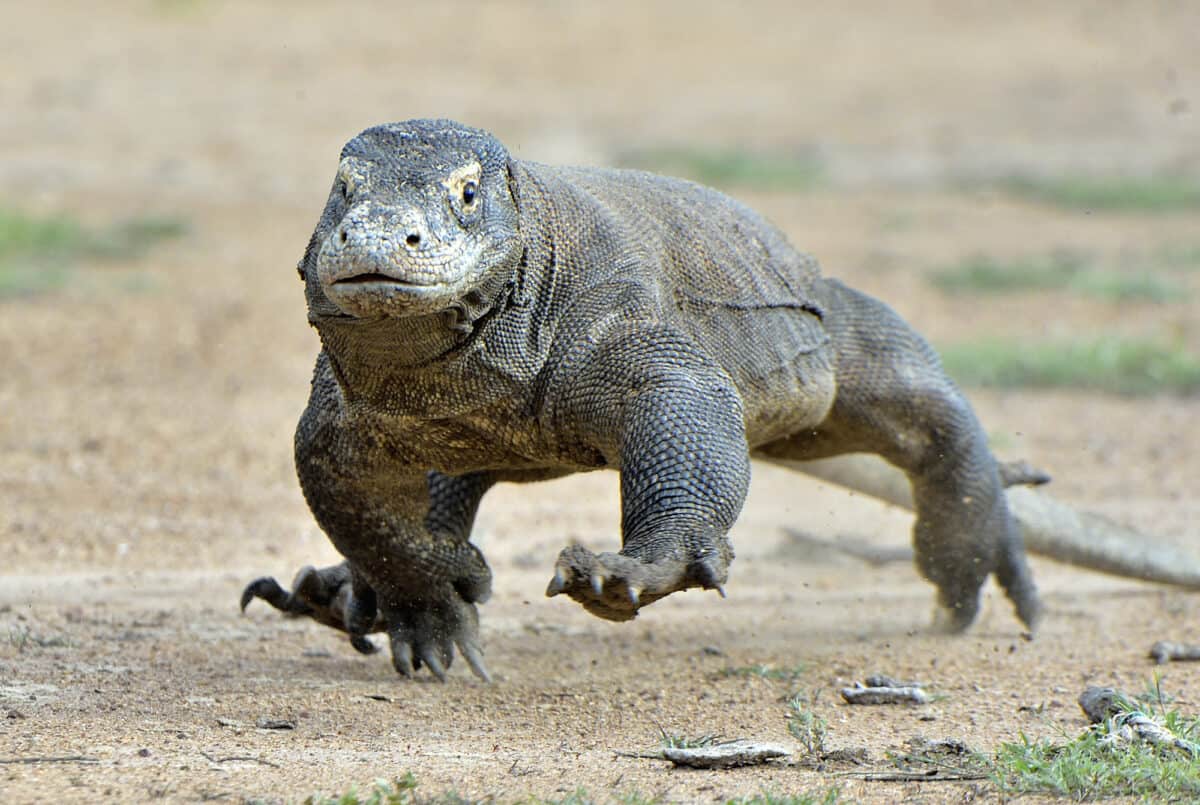
- Scientific research on Komodo dragons has provided valuable insights into their biology, behavior, and ecological role in their native habitats.
- Advances in technology, such as GPS tracking and genetic analysis, have enabled researchers to study the movements, population dynamics, and genetic diversity of Komodo dragon populations.
- Recent studies have uncovered new aspects of Komodo dragon biology, including their unique reproductive strategies, venom composition, and physiological adaptations to their environment.
- Conservation-oriented research aims to identify key threats to Komodo dragon populations and develop effective management strategies to ensure their long-term survival in the wild.
Bottom line
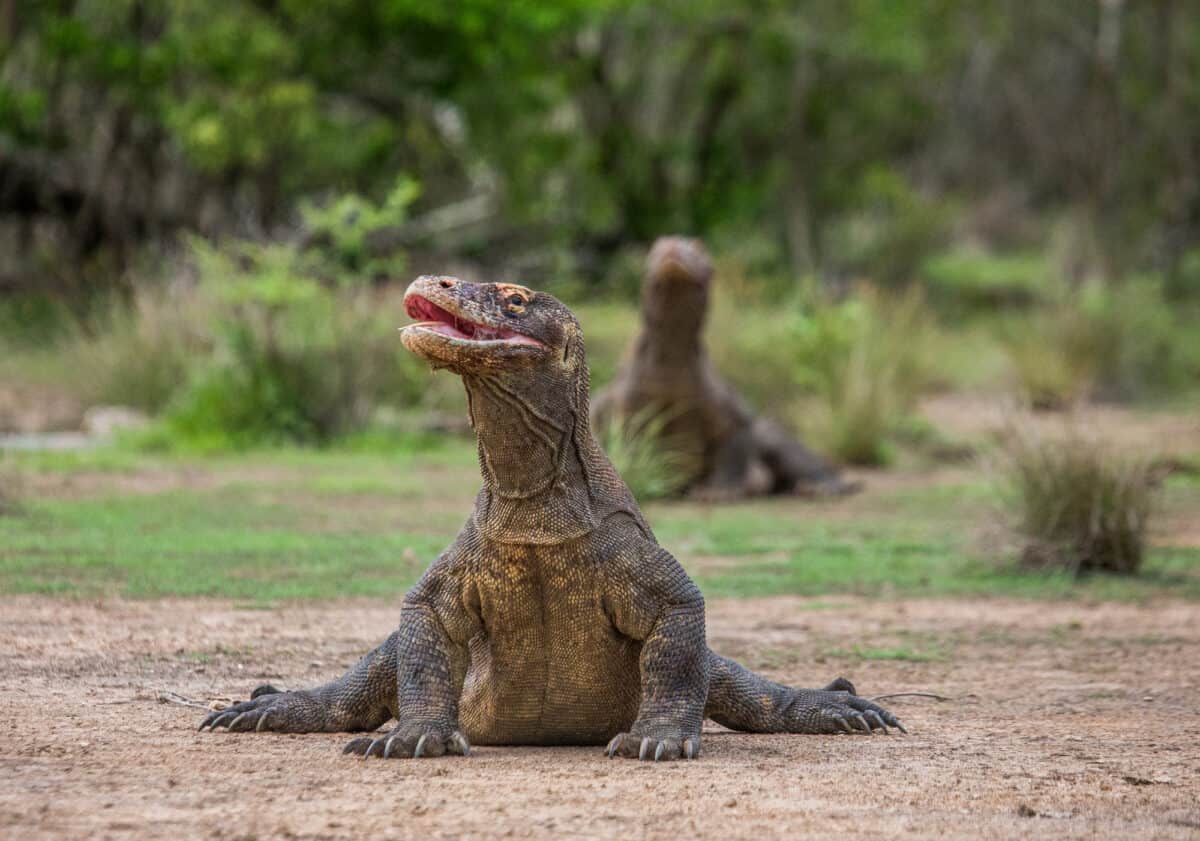
Overall, the Komodo dragon is a fascinating creature which resembles that of a dragon from a fairy tale, perhaps why so many people are mesmerised by them. After educating ourselves on these magnificient beasts its importnat for us to respect their space, so that we can conserve these animals for years to come.
Thanks for reading along! For more, check out our related article link below.
Next up:
Join our Forum for free today!

Latest posts by Kiah Bettison (see all)
- Huge Pet Bison Breaks Into House - July 22, 2024
- Giant Black Bear Surprises Beachgoers by Emerging from the Ocean in Florida - July 22, 2024
- Brave Man Plays Instrument While Huge Bear Caresses His Shoulder - July 22, 2024

